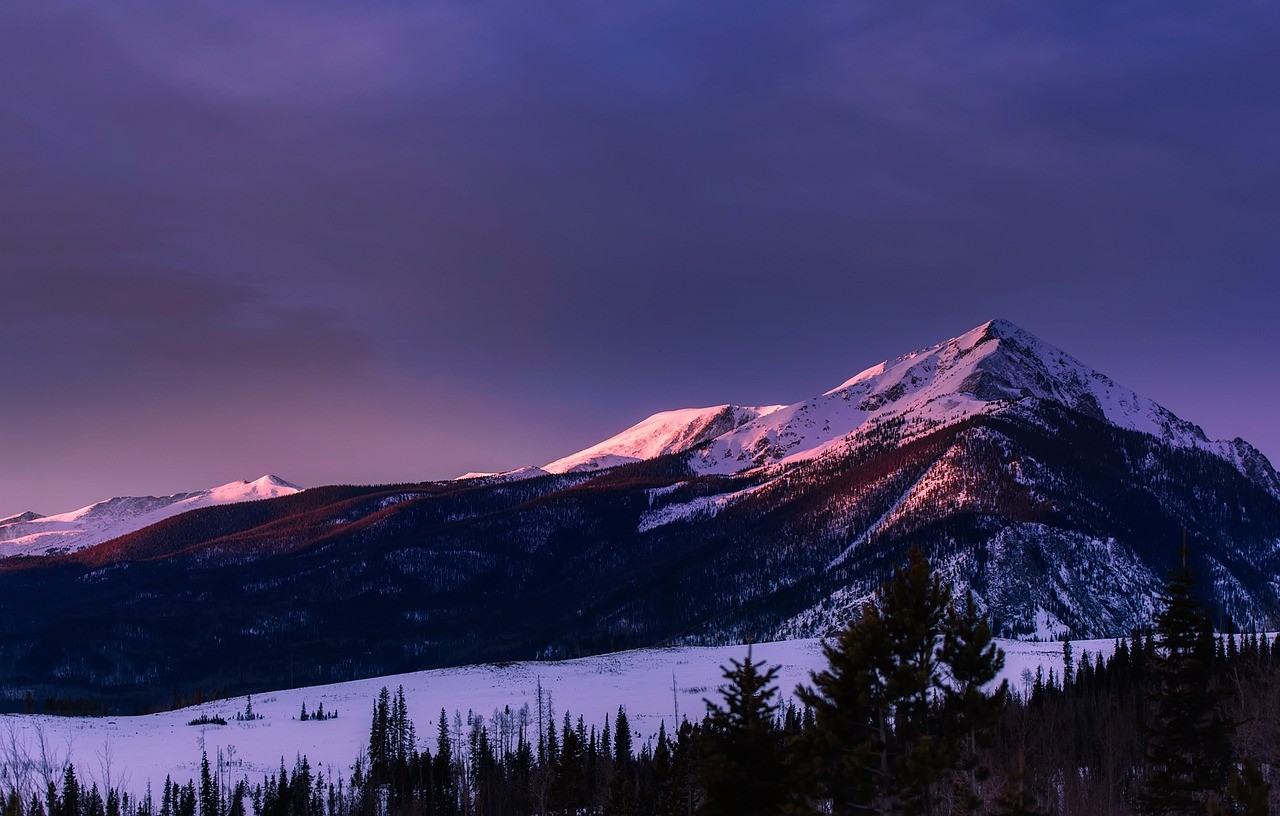In a resolution introduced in the U.S House of Representatives yesterday, U.S. Rep. Joe Neguse (D-CO) called for a national strategy to combat the nation’s biodiversity crisis.
Recent studies confirm that human-related activities are accelerating climate change, endangering ecosystems and posing an unprecedented threat to the planet’s biodiversity.
In a news release, Neguse says the U.S should assert global leadership on the issue of biodiversity, and set bold objectives in order to protect threatened lands and species.
“It is clear we need a coordinated whole-of-government approach to tackle these issues, and the United States should play a leadership role on the international stage in this regard,” states Neguse in the release. “It’s time for the U.S. to take an ambitious global approach to address these issues and lead the world in conservation and climate action.”
The resolution, co-authored by U.S. Rep. Alan Lowenthal (D-CA) and Chair of the Natural Resources Subcommittee on Water, Oceans, and Wildlife, U.S. Rep. Jared Huffman (D-CA), identifies 11 areas where the U.S should focus its efforts in order to address the biodiversity crisis. Among those is a goal to protect at least 30% of U.S lands and waters by 2030, and a plan to implement special protections for species affected by climate change.
Neguse also notes the disproportionate effect that decreasing biodiversity has on indigenous cultures. Along with promoting measures to protect biodiversity, the resolution calls for “advancing conservation in coordination with State and Tribal governments” and “incorporating indigenous knowledge,” as a means to address this crisis.
The Congressman hopes the strategy will be implemented through a presidential executive order, and be incorporated by a range of government agencies through existing laws and policies.
Addie Haughey, legislative director for EarthJustice, an environmental group, applauds Neguse’s leadership on the topic and says United State’s strategy should be inclusive and science-based.
“This isn’t just about the nearly one million animals and plants at risk of extinction,” she said. “This is about people, communities, and rebuilding a more biodiverse and resilient future. We already know the damage we are causing, now let’s do something about it.”




